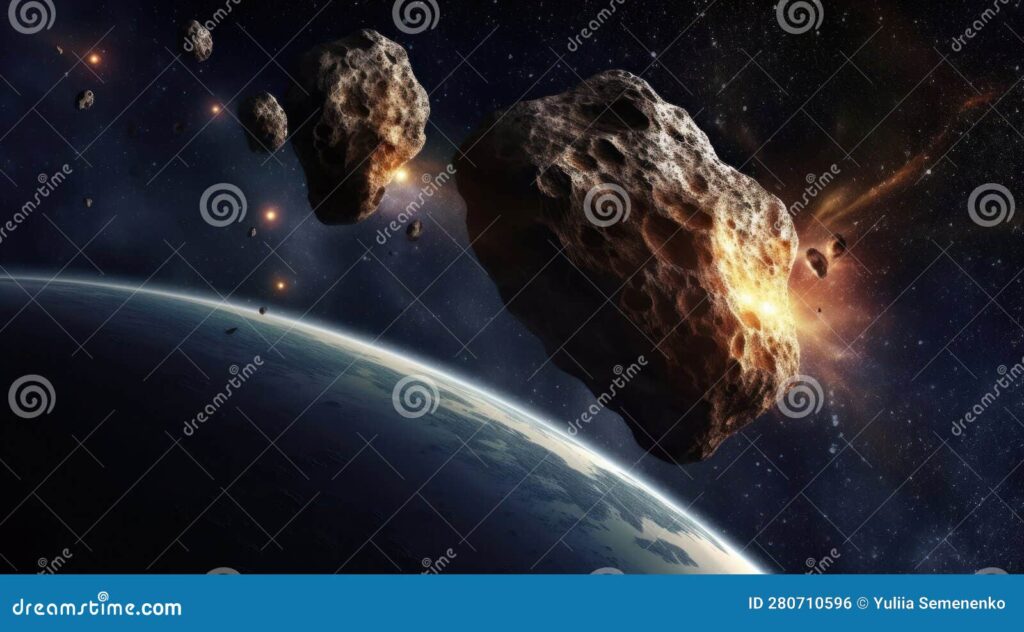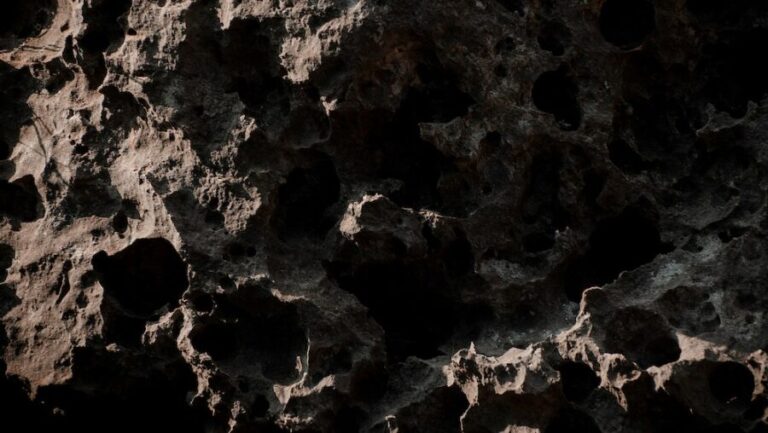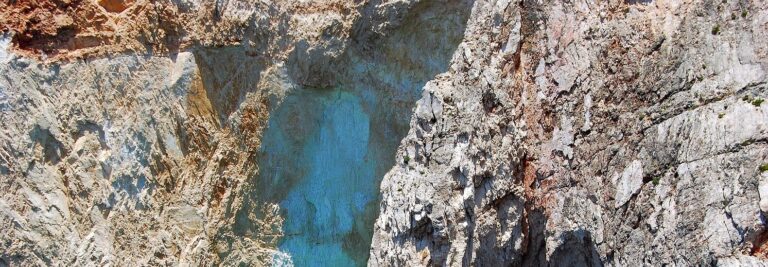
Audience
- Sentiment: cautious optimism
- Political Group: moderate
- Age Group: young adults (18-34)
- Gender: both genders
Overview
- Asteroid YR4 has a 2% chance of colliding with Earth in 2032, which could have catastrophic consequences.
- NASA and global observatories are actively monitoring YR4’s trajectory and preparing for potential space threats.
- Understanding asteroid threats can encourage engagement with science and technology while emphasizing our interconnectedness in the universe.
Preparing for the Potential Impact of Asteroid YR4 2024: What You Need to Know
Imagine staring up into the night sky, with its blanket of stars shimmering above—each one potentially holding secrets and wonders yet to be discovered. Among these celestial objects is a particular asteroid that has recently caught the attention of scientists worldwide: YR4, a cosmic traveler whose trajectory could bring it dangerously close to Earth. But what does this mean for us? And how can we be prepared for the unknown?
What Is Asteroid YR4 2024?
Asteroid YR4 was first identified in 2024, and ongoing observations have shed light on its size and potential dangers. To put it in perspective, think of the Leaning Tower of Pisa, which is about 56 meters tall; YR4 is approximately the same size. Its journey through space is fairly routine—until it isn’t. Scientists have detected a 2% chance that it could collide with Earth on December 22, 2032. While 2% might sound small, it’s important to understand the implications of even the slightest risk. If something like YR4 were to collide with our planet, the results could be catastrophic.
The Threat of Impact
During a possible collision, the energy released would be equivalent to roughly 8 megatons of TNT! This is not just a theoretical scenario; with such a massive explosion, the impact could cause widespread destruction. Picture a major city—people going about their daily lives, laughing and chatting, when suddenly everything changes in an instant. Dramatic animations illustrate just how disastrous an impact could be. Buildings would crumble, fires would erupt, and lives would be forever altered. The thought alone is terrifying, isn’t it?
However, before you start worrying about where to hide, let’s take a closer look at the chances of this asteroid actually hitting us. Even Dr. David Rankin from the University of Arizona’s Catalina Sky Survey emphasizes that there is a 97.9% chance that YR4 will miss us completely. That’s a huge majority!
The Moon: Another Potential Target
Interestingly, YR4 could also potentially strike our Moon, which has a much lower chance at only 0.3%. Although the Moon isn’t home to any humans, any impact there could still have far-reaching effects. Our Moon plays a crucial role in stabilizing Earth’s rotation and keeping our planet’s climate in check. If it were impacted, who knows what changes could happen? However, just like with Earth, scientists believe that it’s highly unlikely we will see any danger from an asteroid hitting the Moon either.
Monitoring the Situation
So, what’s being done to keep us safe? NASA has quite a few tools at its disposal, one of which is the James Webb Space Telescope. This incredible piece of technology has the ability to observe distant objects in space, providing us with essential data about asteroids like YR4. By gathering more information, scientists can better understand the asteroid’s path, size, and composition.
But it’s not just NASA. Various observatories around the world are also keeping a close watch. You might be surprised to find out that tracking asteroids is a global effort! When you think of space exploration, you might picture astronauts in rockets, but a lot of the groundwork is done right here on Earth with telescopes and computers.
Preparing for the Unknown
While it’s reassuring that the chances of YR4 hitting us are slim, it’s also important to understand the lessons such a situation could teach us. For example, how can we be better prepared for other possible space threats? Preparing for space events isn’t just about creating alarms and running drills; it involves constantly improving our technology, enhancing our ability to analyze data, and forming international partnerships to tackle these challenges.
For scientists, this entails working on ways to deflect asteroids or track them early on, allowing us more time to react if a larger potential threat is detected in the future. Some scientists have proposed sending spacecraft to intercept asteroids to change their paths. While it sounds like something out of a sci-fi film, it might actually be a reality we face in the not-so-distant future.
Making Sense of the Numbers
You may be lucky enough not to think about space threats often, but understanding the percentages is crucial. A 2% chance may sound small, but if you think about it in a different way—imagine a jar filled with 100 marbles, where two of them are red and the rest are blue. If you randomly pick one marble, you could end up with a red one! In situations where safety is at stake, even a small percentage is worth considering.
But keep in mind that scientists are doing everything they can to ensure our safety. Understanding these statistics helps us see both the potential dangers and the work being put in to keep them at bay.
Why Should You Care?
You may wonder, “Why should I be concerned about asteroids?” It’s a valid question. While many people may feel that space threats are distant concerns, the truth is that they remind us of how interconnected our universe is, and how vulnerable life on Earth can be. They also serve as an opportunity to engage with science, technology, and innovation. Understanding these phenomena encourages curiosity and a deeper appreciation for the world around us—both on space and Earth.
At the end of the day, space impacts our lives more than we might think. Remember, we are part of a vast universe where the unexpected can and does happen. As we gather more knowledge and engage in discussions about our planet and beyond, we become active participants in shaping the future and ensuring our safety.
Join the Conversation!
The topic of asteroids can be both fascinating and alarming, but it’s essential to stay informed and engaged. What are your thoughts on asteroid YR4? Are you worried about its potential impact, or do you think it’s something we shouldn’t lose sleep over? How do you feel about the role of technology and science in monitoring cosmic threats? Share your thoughts in the comments below! I’d love to hear what you think!






